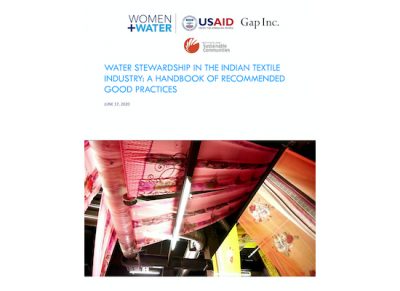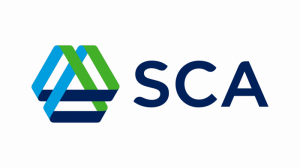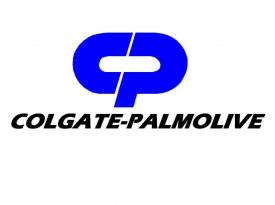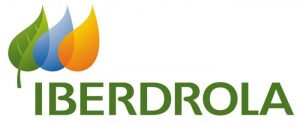Primary Functions
- Find over 100 recommendations for improving water use efficiency and water quality across the entire textile value chain.
Detailed Description
This Handbook is a result of Pillar 3 of the W+W Alliance, implemented by the Institute for Sustainable Communities (ISC). It is based on research carried out by ISC that led to over 100 recommendations for improving water use efficiency and water quality across the entire textile value chain, from cotton production through secondary processing, and includes “outside the fence” practices that encourage collaboration with external stakeholders such as communities and policy makers. With guidance from the Advisory Committee and other experts, ISC and Gap Inc. compiled this Handbook to share recommended good practices for advancing water stewardship through improvements in water use efficiency and water quality, focused on primary and secondary processes in textile mills in India. The Handbook serves as a resource for textile mills and factory units that are embarking on their water stewardship journeys and are interested in learning more about the recommended good practices “inside the fence” in the primary and secondary processes.
These practices, if implemented correctly, can result in significant water savings for textile mills and factory units. Water savings are critical to maintaining business continuity, which is increasingly facing risks related to the availability, accessibility, and quality of water. These risks are exacerbated in today’s world because of inter-sectoral competing water demands, regulations, water pollution, and climate change. The implementation of the practices recommended in this Handbook can enable textile mills and factory units to manage their water-related risks by improving water use efficiency and reducing water pollution. This also serves as an opportunity for businesses to gain a competitive advantage by driving transparency, reducing regulatory interventions, and thereby improving their reputation with local community, government, employees, and buyers.





